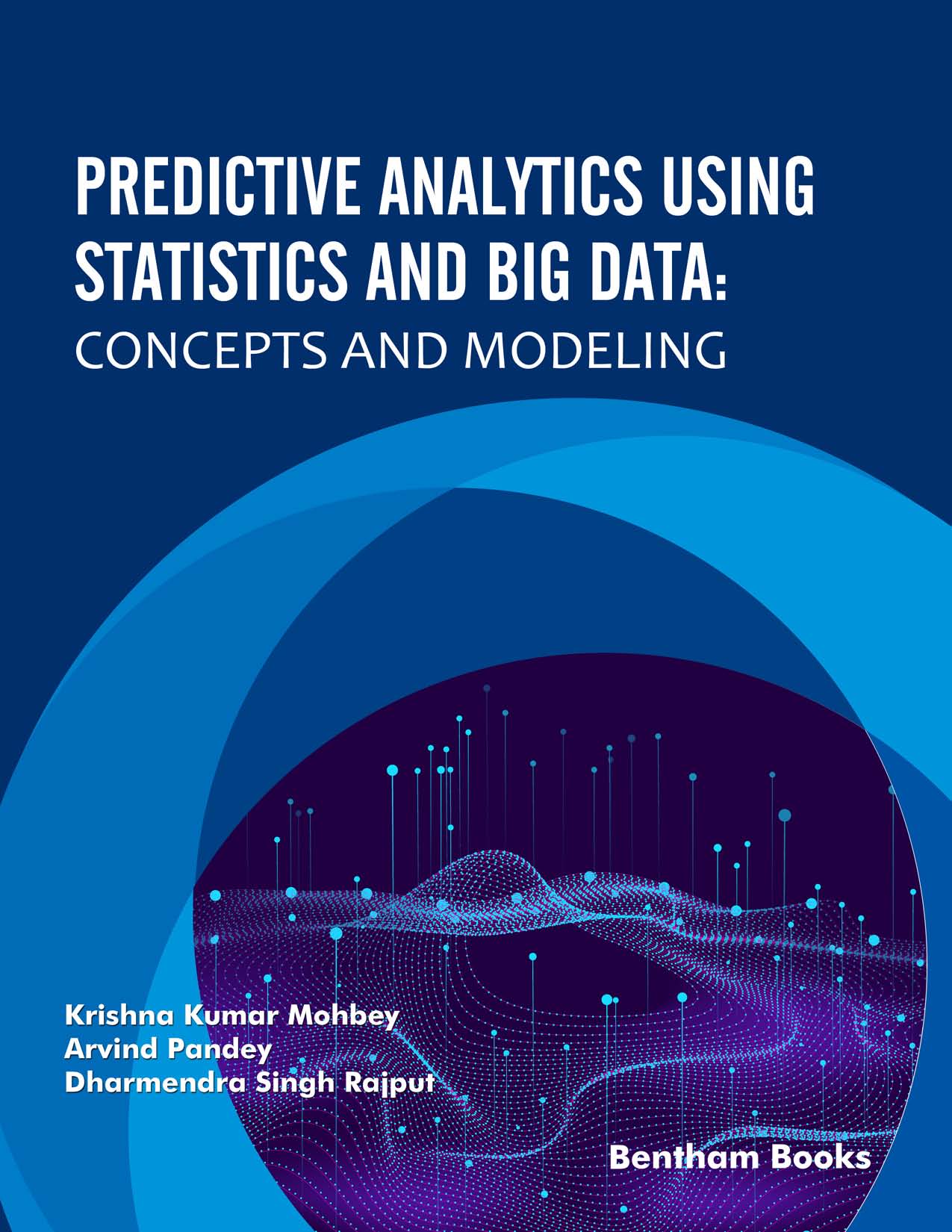Preface
Predictive analytics is the art and science of proposed predictive systems and
models. With tuning over time, these models can predict an outcome with a far
higher statistical probability than mere guesswork. Predictive analytics plays an
essential role in the digital era. Most of the business strategies and planning
depend on prediction and analytics using statistical approaches. With the
increasing digitization day by day, analytical challenges are also increasing at the
same rate—digital information, which is rapidly growing, generating vast
amounts of data. Hence, the design of computing, storage infrastructures, and
algorithms needed to handle these "big data" problems. Big Data is collecting and
analyzing complex data in terms of volume, variety, and velocity. The most
extensive selection of big data is from digital information, social media, IoT,
sensor, etc.
Predictive analytics can be done with the help of various big data technologies
and statistical approaches. Big data technologies include Hadoop, Hive, HBase,
and Spark. There are numerous statistical approaches to perform predictive
analytics, including Bayesian analysis, Sequential analysis, Statistical prediction,
risk prediction, and decision analytics.
This book presents some latest and representative developments in predictive
analytics using big data technologies. It focuses on some critical aspects of big
data and machine learning and provides descriptions for these technologies.
The book consists of seven chapters. Chapter 1 discusses data analytics in
multiple fields with machine learning algorithms. An application of bootstrap
sampling is presented in chapter 2 with the case study of quantifying player's
monopoly in a cricket team. Successive sampling for mean estimation is discussed
in chapter 3. Chapter 4 discussed log type estimators of population mean under
ranked set sampling. Bivariate survival data analysis is represented in chapter 5.
An approach for weblog data analysis using machine learning techniques is
discussed in chapter 6. Chapter 7 discussed an epidemic analysis of COVID-19
using exploratory data analysis approaches.
Many eminent colleagues made a significant impact on the development of this
eBook. First, we would like to thank all the authors for their exceptional
contributions to the eBook and their patience for the long process of editing this eBook. We would also like to thank the reviewers for their insightful and valuable
feedback and comments that improved the book's overall quality.
Krishna Kumar Mohbey
Central University of Rajasthan
India
Arvind Pandey
Central University of Rajasthan
India
&
Dharmendra Singh Rajput
VIT Vellore
India

